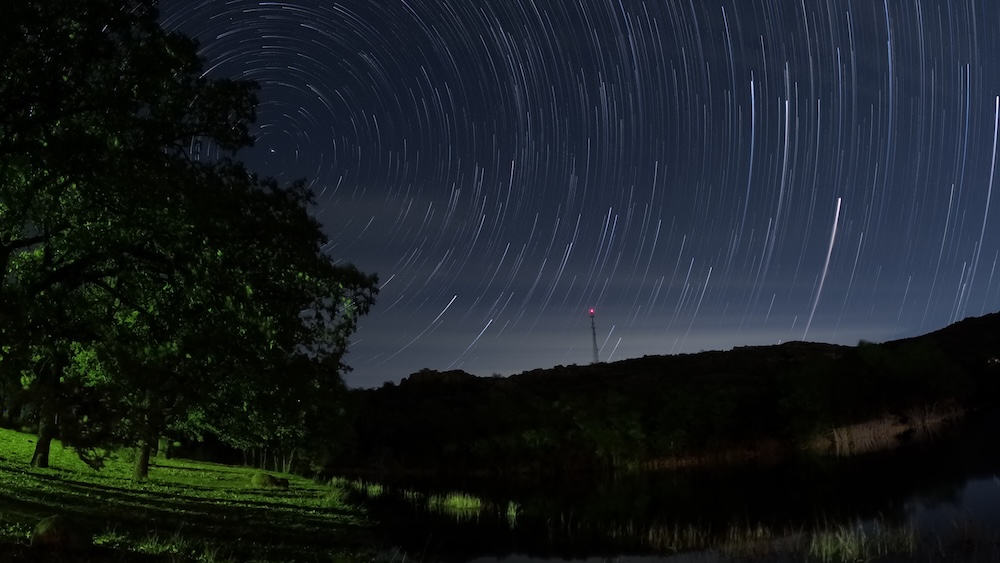
I gotta be honest, I don’t really know what’s going on here. I don’t even have a good title for the photo, which is why I just sort of fell back on an old McBain quote from The Simpsons. We’ve got a little protrusion of frozen water, poking up like a periscope from the surface of Theta Pond on the OSU campus, against a backdrop of cypress leaves and a dark chunk of wood. It’s mid-afternoon and the bright sun overhead is making the subject, and the surface of the pond, shine and sparkle with the blue sky reflected brilliantly in the frozen water. But…at the same time this image is just a little weird. It’s got the basic elements of what I would consider a good photo: clear subject, basic but effective composition (i.e. subject is slightly off center, etc.), simple but eye-catching color scheme, and yet something about this image just doesn’t quite do it for me.
And that’s why I’m using it for this week’s featured photo :)
I’m using this not because it’s an outstanding picture, but as a sort of meta-commentary on why I’ve been doing this blog for the past 13 years–and why I hope to continue for years to come. I don’t use Weekly Fifty as a way to showcase my best pictures, or show off my photography prowess, or anything like that I started this blog so I could use it to hold myself accountable for using my camera on a regular basis, that I might ultimately learn and grow as a photographer. And well over a decade later, that same simple idea continues to be the reason I keep doing it. That means sometimes I post images of which I am very proud, photographs that required time, effort, and planning, and pictures that make me positively giddy to share with the world. It also means sometimes the photos are just evidence of the learning and growing process, and those are just as valid in my opinion.
And that’s what we’ve got here. It was fun to shoot this photo–holding my camera barely above the surface of the pond on an afternoon about a week after a couple inches of snow descended on the city–and I like how it almost seems like this little chunk of ice looks almost like a frozen dianoga peeking around at its surroundings. But at the end of the day this isn’t an image I would put in the upper echelon of photos that I would be proud to display on my wall. It’s just a little weird and nonsensical. That’s kind of the point though, and it’s why it deserves an entry on the blog :)




